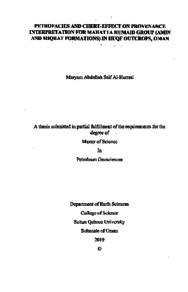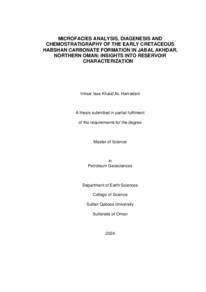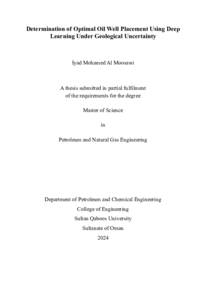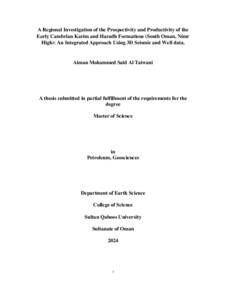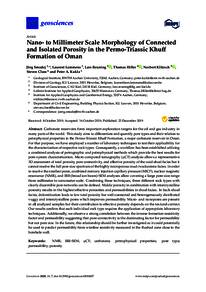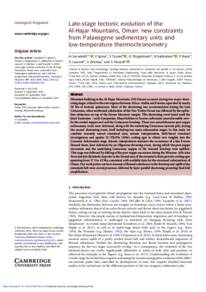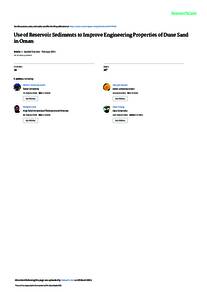Document
Petrofacles and chert-effect on provenance interpretation for Mahatta Humaid Group (Amin and Miqrat formations) in Huqf Outerops, Oman.
Publisher
Sultan Qaboos University.
Gregorian
2019
Language
English
English abstract
The sandstones of Mahatta Humaid Group (Amin and Miqrat formations) of Cambrian age exposed at Haqf region, Oman have been annlysed for petrofacies, provenance, tectonic setting, paleoclimate and diagenetic history. A total of 429 thin sections have been used for this study and were collected from three different areas; Khafni Anticline, Bush Anticline and Mahatta Humaid. Petrographic analysis and modal compositions had been used to reach the goals of the study
Amin Formation sandstones in Khafai Anticline are medium- to coarse grained, sub-angular to sub-rounded and moderate to well-sorted. They constitute mainly monocrystalline quartz (av. 32.5%) and chert fragments (av. 38.4%). While, Amin Formation sandstones in Bush Anticline are fine to medium-grained, mib rounded to rounded and moderate to well-sorted. They compose of detrital frameworks of monocrystalline quartz (av. 71.4%) and chert fragments (av. 7.5%). Sandstones of both are showed low content of lithic fragments and lack content of feldspar grains, On the other hand, Miqnit Formation sandstones are fine-to medium-arrived in Buah Antieline and medium-to coarsc-grained in Malatta Humnid aren, wub-rounded to rounded and moderate to well-sorted. Sandstones in Buah Anticline and Mahuta Humaid areas contain monocrystalline quartz (av. 30.2%). Sandstones of Mahatta Humaid (v. 3.6%) have higher amount of feldspar content than Buah Anticline (av. 1.1%). They have good amount of mica in their composition and low content of Lithic fragments.
Amin sandstones are classified as litharenite to quartz arenite. Moving from Khutul Anticline to Buah Anticline, the sandstones are more mature and richer with quartz grains. Migrat sandstones are classified as subfeldsarenite to quartz arenite and some of sandstones are classified as sublitharonite. These sandstones were derived from mix provenance including granodiorite of Al-Jobuh basement, low and middle metamorphic basement of South Oman and South Yemen and sedimentary rock fragments of underlying Huqf sediments. The identified petrofacies reveal that these sandstones of Mahatta Humaid Group (Amin and Miqrat formations belong to the continental blocks and recycled rogeny provenances. However, the interpreted recycled arogy provenance does not fit with the alluvial/fluvial Amin Formation and acolian Miqrat Formation sandstones because of their richness in chest grains, chert grains are considered as lithic fragments in the tectone provenance discriminations diagrams. Therefore, it is recommended.
Member of
Resource URL
Category
Theses and Dissertations

